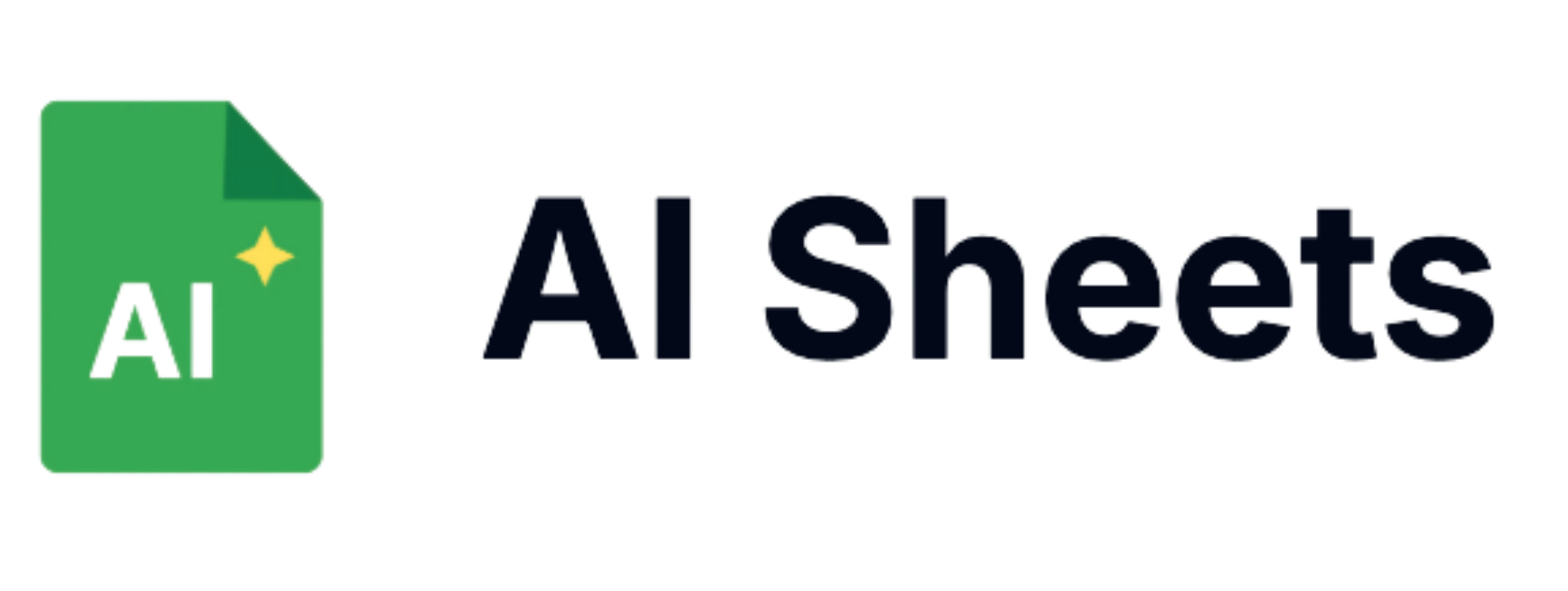How to Boost Your Ecommerce SEO With Category Pages (2025 Guide)

In the competitive world of e-commerce, every advantage matters. While many online retailers focus their SEO efforts on product pages and blog content, category pages often remain an underutilized goldmine for organic traffic. This comprehensive guide will walk you through proven strategies to optimize your e-commerce category pages for maximum search visibility in 2025.
Why Category Pages Matter for Ecommerce SEO
Category pages serve as crucial navigational elements that direct users to your products. When properly optimized, they can:
- Rank for high-volume broad keywords with commercial intent
- Reduce bounce rates by providing intuitive navigation
- Improve user experience, indirectly boosting overall site performance
- Create logical site architecture to help search engines understand your content
"Category pages are essentially landing pages for your most valuable commercial keywords," explains SEO expert Jessica Martinez. "Yet they're often treated as afterthoughts in e-commerce SEO strategies."

Essential Category Page Optimization Tactics
1. Strategic Keyword Research
Effective category page optimization begins with thorough keyword research. Unlike product pages that target specific, long-tail keywords, category pages should focus on broader terms that encompass the product range.
Start by:
- Identifying high-volume parent keywords relevant to your category
- Analyzing competitor category pages to discover keyword opportunities
- Looking for terms with commercial intent (e.g., "buy," "shop," "best")
- Using Google's autocomplete and "People also ask" features for inspiration
Pro Tip: Need to organize your keyword research efficiently? AI Sheets can help you categorize and analyze large datasets of keywords in seconds. Try AI Sheets for free to streamline your SEO workflow.
2. Optimized On-Page Elements
Once you've identified your target keywords, incorporate them strategically in these critical on-page elements:
- Category Page Title: Include your primary keyword near the beginning
- H1 Heading: Clearly state the category name with your primary keyword
- URL Structure: Keep it short, descriptive, and include the main keyword
- Meta Description: Write compelling copy that includes your primary and secondary keywords
- Introduction Text: Add 150-300 words of unique content above your product listings
- Image Alt Text: Describe category images with relevant keywords
3. Enhanced User Experience
Search engines increasingly prioritize sites that provide excellent user experiences. For category pages, this means:
- Implementing intuitive filtering options
- Using breadcrumb navigation
- Ensuring mobile responsiveness
- Optimizing page load speed
- Adding helpful category descriptions
- Including clear calls-to-action
According to a 2024 study by SEMrush, e-commerce sites with well-optimized category pages saw 32% higher organic traffic compared to those with minimal category page optimization.

Advanced Category Page Optimization Strategies
1. Internal Linking Best Practices
Internal linking is crucial for distributing page authority throughout your site and helping search engines discover and understand your content hierarchy.
For category pages:
- Link from your homepage to main category pages
- Create subcategory links within parent category pages
- Add contextual links from blog content to relevant categories
- Implement "related categories" sections
- Use descriptive anchor text that includes category keywords
Data Management Tip: Managing your internal linking strategy across hundreds of pages can be challenging. With AI Sheets, you can use the =GPTTABLE() formula to generate a comprehensive internal linking plan tailored to your site structure. Learn more about AI Sheets formulas.
2. Content Enhancement Strategies
While product listings are the main focus of category pages, supplementary content can significantly improve SEO performance:
- Add useful category descriptions that include target keywords
- Incorporate FAQs relevant to the category
- Include customer testimonials or product highlights
- Add "How to Choose" guides for complex product categories
- Integrate related blog posts at the bottom of the page
3. Using Google Sheets for Category Page Analysis
Google Sheets is an invaluable tool for analyzing and optimizing category page performance:
- Track Category Page Metrics: Create a dashboard to monitor organic traffic, conversion rates, and rankings for each category page
- Perform Competitor Analysis: Compare your category pages against competitors
- Audit Internal Links: Map internal linking structures to identify opportunities
- Analyze Search Intent: Categorize keywords by search intent to match content accordingly
Efficiency Boost: With AI Sheets, you can automate much of this analysis. The =GPTASK() formula allows you to ask questions about your data in natural language, such as "Which category pages have the highest bounce rates?" or "What's the correlation between word count and rankings for our category pages?" Sign up for AI Sheets to revolutionize your SEO data analysis.
Common Category Page SEO Mistakes to Avoid
- No-indexing category pages (they should generally be indexed)
- Duplicate content across similar categories
- Pagination issues that prevent proper crawling
- Overloading with too many products without proper filtering
- Thin content with no unique value beyond product listings
- Poor mobile experience for category navigation

Measuring Category Page SEO Success
Track these key metrics to measure the effectiveness of your category page optimization:
- Organic traffic to category pages
- Average time on page
- Bounce rate
- Conversion rate
- Keyword rankings for target terms
- Internal link clicks to product pages
Conclusion: The Future of Ecommerce Category Page SEO
As e-commerce competition continues to intensify in 2025, well-optimized category pages will become increasingly crucial differentiators for successful online stores. By implementing the strategies outlined in this guide, you can transform your category pages from simple navigation elements into powerful SEO assets that drive qualified traffic and conversions.
Remember that category page optimization is not a one-time task but an ongoing process of refinement based on performance data and changing search behaviors. Regular analysis and updates will ensure your category pages continue to perform well in search results.
Ready to take your e-commerce SEO to the next level? Streamline your category page optimization workflow with AI Sheets. From keyword research to performance analysis, AI Sheets provides powerful AI-driven tools to make data-informed decisions faster. Get started with AI Sheets today and transform your approach to e-commerce SEO.
